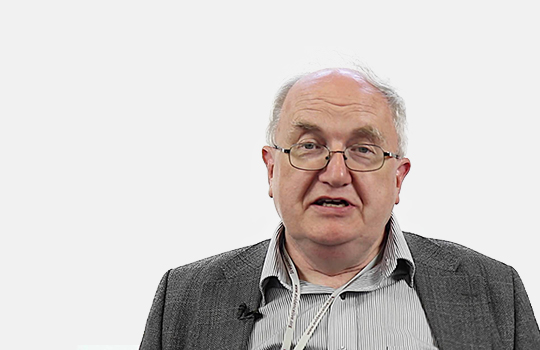The Indian government’s draft National Health Policy 2015 is radical in terms of its analysis of the failures of the past. It fails, however, to translate this admission to policy prescriptions that will be gender transformative. In so far as addressing gender inequality in healthcare, the policy frames gender as an area for action under “Nirbhaya […]
The economic value of patients in the improvement of healthcare
Despite a growing awareness of patients’ crucial part in contributing to healthcare, the ways by which this can be achieved are still limited. For patients’ innovative power to be efficiently utilised, we strongly believe that patients need to be given a more equal and profitable role in the healthcare system. By “equal,” we mean that […]
The BMJ Today: An ancient enemy, School-EduSalt, and “low value care”
TB. An ancient enemy getting stronger • BMJ is supporting the World Health Organization’s End TB strategy by highlighting World TB Day today and offering free access to TB papers and resources. In an editorial for The BMJ, Zarir F Udwadia et al write that TB is India’s silent epidemic and a death sentence for poor […]
Grania Brigden: Time for a jumpstart—accelerating access to new and promising DR-TB drugs
World TB Day is an opportunity to reflect on the progress that has been made in beating this ancient disease. At first glance, the news looks good: two new drugs—the first in decades—have been registered for hard-to-treat multidrug-resistant tuberculosis (MDR-TB) and the global rate of new cases of MDR-TB has remained stable at 3.5%. However, […]
The BMJ Today: Regulator will hunt down apps that harm patients
Action to be taken against apps that harm patients A UK health regulator has issued a warning to makers of mobile medical apps that may harm patients. Speaking at a health technologies seminar in London on 18 March, Neil McGuire, clinical director of devices at the Medicines and Healthcare Products Regulatory Agency (MHRA) said, “Be under […]
Richard Smith: “Flat of the curve” healthcare

Alain Enthoven, an economist and inventor of the internal market, described “flat of the curve” healthcare where increased expenditure on healthcare produces no further benefit. Are we at that point in many health systems in high income countries, including Britain? Enthoven’s graph is best thought of as theoretical insofar as it’s not easy to measure […]
Richard Lehman’s journal review—23 March 2015

NEJM 19 Mar 2015 Vol 372 1093 “All bacteria will be susceptible to common cheap antibiotics by 2050” is not a headline you will see in any newspaper. But I’d like you to think seriously whether this is not more likely than the widely-touted doomsday scenario of a post-antibiotic era in which we are all […]
Jeffrey Aronson: When I use a word . . . Rough breathing
Exploring the English phonemes, I have reached the unvoiced labiodental fricative f. When consonantal shift changes p, the unvoiced bilabial plosive, into f, a breath becomes a sneeze, even though it is the p that is plosive. Let’s start with orthopnoea, the symptom of breathlessness—or worsening breathlessness—on lying flat. But “orthopnoea” does not mean breathlessness […]
Zackary Berger and Dave deBronkart: “Precision medicine” needs patient partnership
US President Obama recently presented the outlines of a US$215 million plan for “precision medicine” through support of research funded by the National Institutes of Health and National Cancer Institute. Presented as “healthcare tailored to you,” it would take into account “individual differences in people’s genes, microbiomes, environments, and lifestyles—making possible more effective, targeted treatments […]
James McCormack and Mike Allan: Simply making evidence simple
This blog is part of a series of blogs linked with BMJ Clinical Evidence, a database of systematic overviews of the best available evidence on the effectiveness of commonly used interventions. In an ideal world in which shared decision making is practised with impunity, healthcare providers need—at their fingertips—an appreciation and understanding of (as well […]